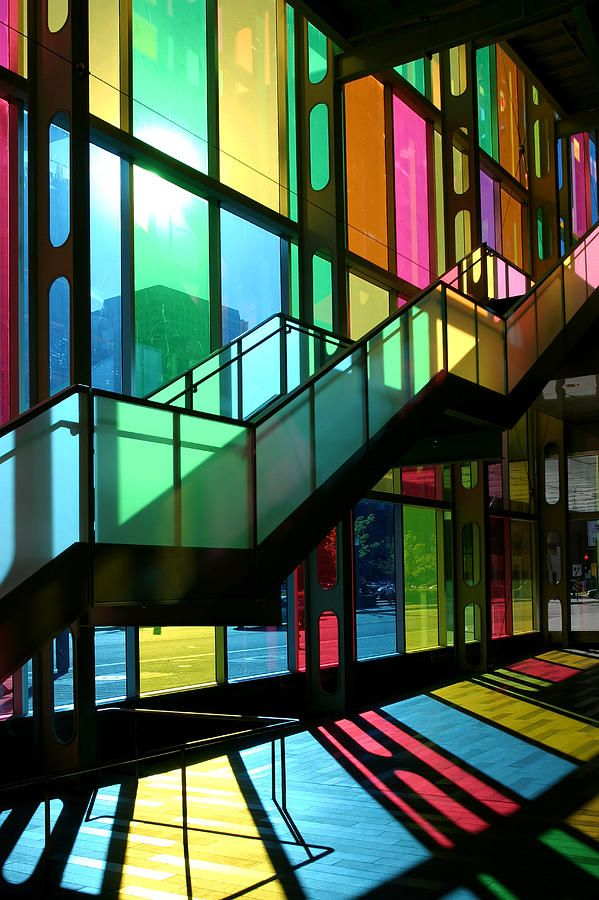Small amounts of metal oxide are mixed into the glass to make coloured glass. This changes how much solar energy gets through and how the colour looks, but it doesn’t change how the glass works. In the end, the process lessens the effects of sunlight, which can help keep damage from happening to the interior and furnishings. Because tinted glass blocks some of the light, it also takes in some of the sun’s heat. This is called heat absorption. This extra heat adds thermal stress to the glass, which can cause it to break if it hasn’t been tempered.
Tinted glass can handle the heat. It takes in energy from the sun to control the radiation. If your windows let the sun in, it can cause the temperature to rise. For expensive HVAC systems to work in hot buildings, they need more electricity. The amount of heat that gets into your building can be cut down with tinted glass. Depending on the type of tinted glass and how thick it is, you can absorb up to 45% of the heat from the sun. It can also make the light less visible and make the room more relaxing.

Source: Pinterest
See also: Float glass: Types and applications
Tinted glass: Uses
Even though the glass used for windows in buildings, homes, and cars lets light in, it often makes it hard for people to have the privacy they want and can also let in more heat than they want. Tinted glass, on the other hand, is a simple way to solve these problems. This term is used to describe any glass that has been treated with a material, like a film or coating, that makes less light pass through it. Tinted glass is also used in commercial buildings to keep the inside cooler. It also makes the outside of a building look more uniform and nice to look at.
Tinted glass in homes has many practical uses, such as reducing the amount of UV light that comes in through the windows, which keeps furniture and carpet from fading and reducing the amount of heat that comes into the home by reflecting solar heat energy, which saves the homeowner money on cooling costs. Car windows are one of the most common places to find tinted glass. Almost all cars have tinting at the top of the windscreen to cut down on solar glare when the sun is low in the sky. Tinted glass is also often found in the windows of homes and businesses.

Source: Pinterest
Tinted glass: Advantages
- Tinted glass is a great way to protect your furniture, but it is also a great way to protect your health. Suppose you sit by a window and are exposed to UV rays; this type of glass cuts the number of UV rays by 99%. So, making sure your family and employees are safe is essential.
- Tinted glass is very easy to clean and keeps in good condition. It is also resistant to water and scratches, which makes it last a long time. So, if you buy this type of glass, you’ll save time and money on cleaning.
- For extra security, you can also use toughened glass to make it harder for people to break into your home or business. The tinted glass will also make it harder to look inside.
- If you decide to tint your windows, tinted glass is the best way to save money on your energy bills. This kind of glass is made to soak up heat, so it will lower the amount of heat you need to use in your home or business.
- Tinted glass is a great way to hide your property if you want to keep it private. It can also be used in offices, where it’s important that everything stays quiet and private.
Tinted glass: Disadvantages
- In places where it gets very hot in the summer, tinted glass can break because of the high thermal stress. So, it needs to be heated to make it stronger before it can be used, which is a pricey option.
- Depending on how thick the glass is, the number of colours changes. Since intensity goes up with thickness, it is important to buy tinted glasses of the same thickness for large commercial projects.
- The view through a tinted window isn’t as clear as the view through a clear window. The clarity is less depending on the colour. For instance, the view through the green-tinted glass is much better than through grey-tinted glass.
- Compared to float glass, it costs a lot more.
FAQs
What does tinted glass mean?
Small amounts of metal oxide are mixed into the glass to make coloured glass. This changes how much solar energy gets through and how the colour looks, but it doesn't change how the glass works.
Where is tinted glass used?
Curtain walls made of tinted glass are most often found in commercial buildings, offices, and other large buildings. It works well for storefronts, atria, skylights, and even interior designs.
| Got any questions or point of view on our article? We would love to hear from you.
Write to our Editor-in-Chief Jhumur Ghosh at jhumur.ghosh1@housing.com |
Housing News Desk is the news desk of leading online real estate portal, Housing.com. Housing News Desk focuses on a variety of topics such as real estate laws, taxes, current news, property trends, home loans, rentals, décor, green homes, home improvement, etc. The main objective of the news desk, is to cover the real estate sector from the perspective of providing information that is useful to the end-user.
Facebook: https://www.facebook.com/housing.com/
Twitter: https://twitter.com/Housing
Email: editor@housing.com












